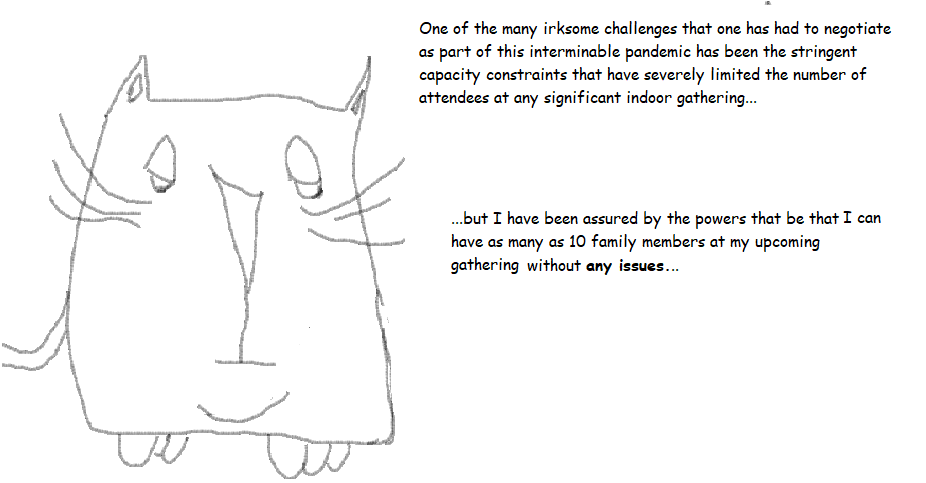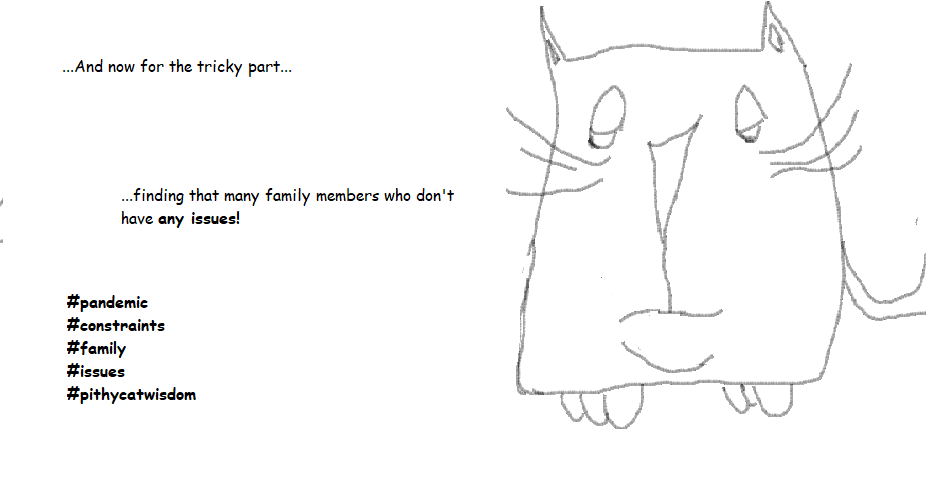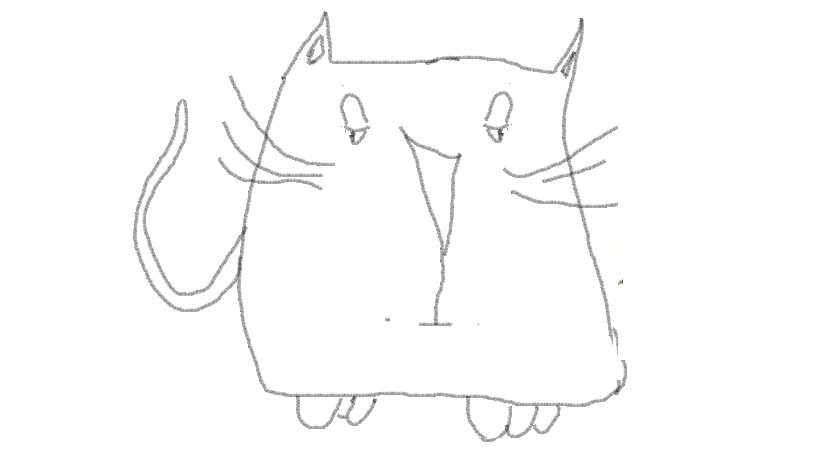


The principal challenge facing The Matrix: Resurrections its director Lana Wachowski and her fellow screenwriters, David Mitchell and Aleksander Hemon, is to justify its own existence. Alert readers will know that both main protagonists, Neo (Keanu Reeves) and Trinity (Carrie-Ann Moss) were dead, at least in theory at the end of Revolutions (2003), the second of the two underwhelming sequels spawned by the original Matrix in 1999. As well, the story arc, such as it was, that began in the first film seemed complete. Unfortunately, the fourth most recent instalment in the franchise largely fails to rise to this challenge. This is a real shame, because Resurrections has within it the makings of a truly interesting film, potential that sadly goes unrealised.
As the film begins, we find that Neo, in the guise of his original “character” in the first film Thomas Anderson, is a burnt-out middle-aged interactive game designer whose singular claim to fame is the creation of the original Matrix trilogy, which in this version of events is a trio of immersive ‘virtual reality’ -style computer games. A reluctant and seemingly chronically depressed Anderson finds himself under pressure from his business partner (Jonathan Groff) and their parent company Warner Brothers (not coincidentally, the studio from which the “real world” Matrix franchise originated) to produce a follow-up to his original trilogy. Herein we get an insight into Anderson’s tormented mindset; he is haunted by recurrent lucid dreams which are actually key episodes from the earlier films. So immediate and vivid are these dreams that Anderson can scarcely distinguish them from reality, as he discloses to the audience and to his therapist, (Neil Patrick Harris) who will assume a much more pivotal, if predictable, role as the film’s plot unfolds.
It is easy to forget, especially now at a distance of more than twenty years, just how impactful and genuinely ground-breaking the first Matrix film was in 1999. I can personally vouch for this fact; at the time of its release, I worked in a software development company, and for many of the twenty-something IT professionals among my colleagues the first Matrix film was a well-nigh religious experience. Its use of advanced CGI such as the super slow-motion (commonly known as “bullet time” and referenced as such in Resurrections in one of the screenplay’s several ‘mega’ moments) was truly revolutionary and quickly became a new standard in contemporary cinema. Which soon became a problem, because what was new and innovative in 1999 quickly became a hackneyed cliché in the four years that elapsed between the original film and its two sequels, Reloaded and Revolutions, in 2003. In the interim it seemed that every Hollywood ‘blockbuster’, even the dire Charlie’s Angels reboots of the early 2000s, were relying heavily on ‘bullet time’ and similar CGI in which marquee cast members featured in elaborately choreographed fight sequences; so commonplace was the use and abuse of this form of CGI that by the time Reloaded was released in 2003, it looked like little more than a pale imitation of itself. The provocative ideas that propelled the first film had been exhausted by the first of the sequels. A hallmark of the first film was that the celebrated CGI sequences are actually few and far between, which served to maximise their impact. In both the sequels, the filmmakers seemed to have adopted the time-honoured Hollywood mantra that ‘nothing succeeds like excess’; the CGI was at saturation level in virtually every frame and often seemed to exist for its own sake, serving little if any narrative purpose. Regrettably, the Matrix franchise has earned an unwanted reputation as one where the sequel(s) are so undistinguished and lacklustre that they diminish the reputation of the original that inspired them.
The new film, Resurrections, leans heavily on the same CGI trickery that the original film made famous, but it has become so familiar that where it once had freshness and originality, its sole appeal has more to do with nostalgia. Early on, Resurrections seems to be heading down a more daring and compelling path by suggesting that the events of the trilogy existed purely within Neo/Thomas Anderson’s fevered imagination and are in fact part of a deep-seated psychosis. The screenplay actually goes to some lengths in preparing the ground for this scenario. Neo/Thomas Anderson offers this self-diagnosis to his therapist, who concurs and suggests that Anderson has integrated various elements from his real life into his alternate Matrix reality in a fictionalised form. Thus, his mistrusted and manipulative business partner is transformed into the malign Agent Smith, the friendly yet unattainable woman who he encounters in a coffee shop becomes Trinity, his paramour and soulmate, and the therapist’s black cat, whom Anderson despises, finds its way into the Matrix as the cat in the iconic ‘deja-vu’ episode. Even the mute impotence that Anderson feels when trying to voice his opinions to his business partner is given expression in the notorious CGI torture interrogation scene in the Matrix during Neo/Anderson’s first encounter with Agent Smith. This interpretation would seem to tie in with the famous quote from Morpheus in his first meeting with Neo/Anderson in the original film:
Have you ever had a dream, Neo, that you were so sure was real?
This theme is even explicit in the name chosen for Morpheus’ character: the god of sleep. Frankly, Resurrections would have been a far more interesting and watchable film if the screenplay had chosen to explore this theme, of the indistinct overlap between Neo’s dream and reality, in a more definitive way. As it is, most of the film is given over to a predictable CGI heavy re-run of the first Matrix film, with seemingly the only narrative objective being the restoration of the supposedly epochal, Matrix-overwhelming romance between Neo and Trinity.
This might have been more compelling had the screenplay in any of the four films had allowed for even the slightest spark of chemistry between them, their ‘grand romance’ (despite being seemingly ‘divinely’ ordained by the Oracle) always had a distinctly perfunctory feel. Even more problematic is the re-casting of the iconic roles of Morpheus and Agent Smith. Yahya Abdul Mateen II as the new version of Morpheus is colourful and dynamic in an underdeveloped role, but Lawrence Fishburne had a cool elegant gravitas that was crucial to the first film’s success. And Hugo Weaving as Agent Smith conveyed a singular, refined malevolence that made him into one of the great screen villains. Jonathan Groff toils valiantly as the ‘new’ Agent Smith, but his role in the narrative seems unclear at best. In the 2003 sequels he was the ‘unplugged’ wildcard with his own agenda who ultimately inspired the uneasy alliance and truce between humans and the machine world. Now he is – what, exactly? A contractual obligation, perhaps? The occasional appearance of both Weaving and Fishburne in ‘flashbacks’ from the first three films only underlines how sorely their presence is missed in the new iteration.
The lack of clarity surrounding the role of Agent Smith is one of the many underdeveloped elements that leads one to conclude that the creation of a fresh instalment in the Matrix franchise owed, in common with so many big-screen sequels, more to economic imperatives than the needs of cinematic storytelling. This is a genuine shame because there does exist within the Matrix universe, teased by Resurrections but never quite delivered, the promise of a far more interesting and engaging story that goes sadly unfulfilled.

And yet, still more! Did you really think I was going to stop now?
There are already 5 separate galleries of Schrodinger’s Cat (with Number 6 virtually complete as well) that you can peruse and revel in at your leisure, should you be fortunate to possess any:
And if that is not enough to satiate you, there exists a growing range of Schrodinger’s Cat greeting cards available here
French-Canadian filmmaker Denis Villeneuve has a well-earned reputation as one of filmdom’s more visionary and ambitious practitioners. He has trod the path of the science-fiction epic before, with Arrival (2016) and Blade Runner 2049 (2017), and Dune was reportedly a long-term passion project for him; so much so that he was willing to commit to two full-length films just to cover the first novel, with the production of the sequel being conditional on the box-office success of the first instalment. His vision for the project is all the more laudable when one considers that the inherent density and scope of Frank Herbert’s source material has defeated more than one gifted and eminent filmmaker before him. The most noteworthy example of this failure was probably David Lynch, whose bold, eccentric and largely unsuccessful 1984 attempt to film the ‘unfilmable’ was, perhaps unsurprisingly, largely unwatchable.
Of course, Herbert’s original novel presents an immense challenge to Villeneuve and Lynch and others who have attempted to translate his work to the screen. There is the far-reaching scope of Herbert’s vision; perhaps only Tolkien and Asimov have presumed to create an entire universe complete with alien cultures, ecosystems, and mythology. But to add a further degree of difficulty, there is the challenge presented by Herbert’s dense, circular prose style; the author himself openly admitted that he conceived and wrote large parts of his novel whilst under the influence of ‘magic mushrooms’. This is an insight which sheds new light on the novel’s elaborate faux mysticism, premised on the mysterious and much-coveted substance known as “spice” which, among other things, somehow makes interstellar navigation possible. This enigmatic theme might help to explain Dune’s status as a counter-culture classic dating from its halcyon days in the 1960s, and its frequently impenetrable prose has cemented its status as possibly the most celebrated, ubiquitous yet unread book in the English language, at least until the publication of Stephen Hawking’s A Brief History Of Time.
In his previous ventures in the realm of the science fiction epic, Villeneuve has revealed a deft hand in storytelling on a very broad canvas whilst simultaneously evoking character and internal conflict on a far more intimate, personal level. There exists the danger that in a large-scale sci-fi epic such as Dune individual characters and actors can get lost and overshadowed; this was certainly the case in Lynch’s ill-fated 1984 version, where otherwise accomplished actors such as Kyle McLachlan and Francesca Annis looked profoundly ill at ease. But here Villeneuve’s cast generally serves him well. Timothee Chalamet has hitherto made his name in much smaller independent or “art house” films such as Lady Bird and Call Me by Your Name, but in the pivotal role of Paul, the scion and heir apparent to the Atreides house, he exhibits an intriguing mixture of brooding Hamlet-like diffidence (when contemplating his seemingly predestined role) and caught-between-worlds angst and curiosity (as he begins to explore his alternative destiny as a kind of alien messiah to the Fremen, the long-suffering indigenous desert dwellers of Arrakis).
The enigmatic Fremen woman Chani, portrayed with a beguiling combination of mystery and allure by Zendaya, appears in Paul’s premonitory dreams and her relationship with Paul serves as a gateway for him into his new alien home; her role promises to become more significant in the upcoming second instalment. She also serves to frame the narrative from the opening scenes, and to give explicit expression to the theme of colonialism and exploitation; it is Chani who initially gives voice to the perception that oppression by off-world powers is all that she has ever known. This theme is present in Herbert’s novel but is very much in the background, with the initial focus more occupied with the political machinations between the all-powerful Imperium and the rival ducal houses of Atreides and Harkonnen. Villeneuve’s screenplay, which he co-wrote with Eric Roth and Jon Spaihts, places this theme squarely in the foreground, and the portrayal of the Fremen as desert dwelling pseudo-Arab tribespeople with their own distinctive cultures, language and customs, makes the parallels with our own contemporary real world all too obvious.
As Lady Jessica, Paul’s mother and consort to the doomed Duke Leto Atreides (a stoic Jason Isaac), Rebecca Ferguson has the more difficult assignment; the film makes gives her a more ambiguous role. As Paul’s mother and erstwhile protector, her adherence to the obscure Bene Gesserit religion means that she has divided loyalties, clearly on display when she and Paul are forced to fight for survival in the aftermath of the violent Harkonnen coup. Ferguson’s performance as a conflicted mother, who seemingly knows more than she is able to say, is finely calibrated and certainly whets the appetite for her further character development in the sequel.
Villeneuve’s previous experience with cinematic sci-fi epics certainly helps to ensure the success of his version of Dune, in particular his eye for detail, essential to any convincing evocation of an alien world. The cinematography by Greg Fraser is exceptional, and the film’s seamless combination of big canvas spectacle and intimate character study is a rare commodity indeed. If the film’s strengths are many and obvious, so is the main defect. The film’s pacing is leisurely to say the least; sci-fi aficionados might be inclined to compare the film’s stately rate of progress to Stanley Kubrick’s 2001 A Space Odyssey (1969). This is perhaps an inevitable consequence of Villeneuve’s choice to divide Herbert’s first novel across two films. In doing so, he has given Herbert’s vision the time and space to be realised on-screen like never before. The overall end result is that the viewer is left with an authentically novel experience; to actually look forward, with genuine enthusiasm, to a “blockbuster” sequel.